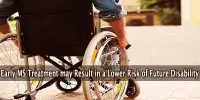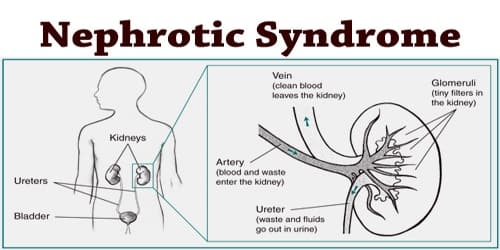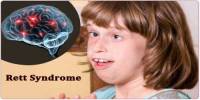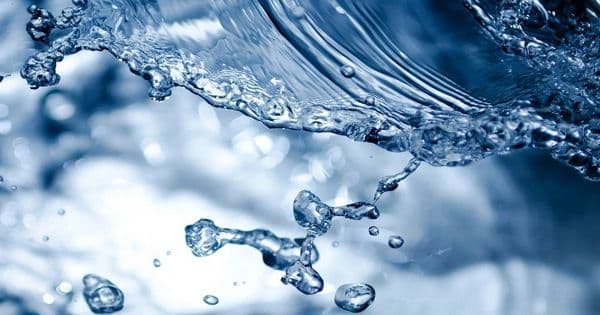Stroke (Diagnosis, Treatment, and Preventions)
Definition: A stroke, also called “brain attack”, is a serious life-threatening medical condition that occurs when the blood supply to part of the brain is cut off. It occurs when the blood supply to part of our brain is interrupted or reduced, depriving brain tissue of oxygen and nutrients. Within minutes, brain cells begin to die. A stroke is a medical emergency that needs immediate medical attention.
A stroke may be caused by a blocked artery (ischemic stroke) or the leaking or bursting of a blood vessel (hemorrhagic stroke). Some people may experience only a temporary disruption of blood flow to the brain (transient ischemic attack, or TIA) that doesn’t cause permanent damage.
Signs and symptoms of a stroke may include an inability to move or feel on one side of the body, problems understanding or speaking, dizziness, or loss of vision to one side. Signs and symptoms often appear soon after the stroke has occurred.
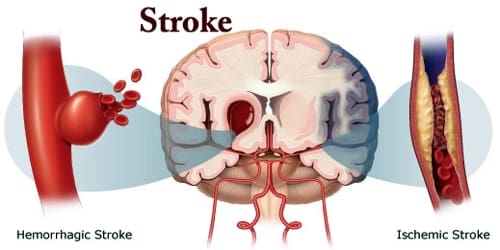
There are two main causes of strokes:
- Ischaemic stroke – where the blood supply is stopped because of a blood clot, accounting for 85% of all cases
- Hemorrhagic stroke – where a weakened blood vessel supplying the brain bursts
There’s also a related condition known as a transient ischaemic attack (TIA), where the blood supply to the brain is temporarily interrupted. This causes what’s known as a mini-stroke, often lasting between a few minutes and several hours.
Many factors can increase our stroke risk. The main risk factor for stroke is high blood pressure. Other risk factors include tobacco smoking, obesity, high blood cholesterol, diabetes mellitus, a previous TIA, and atrial fibrillation. Some factors can also increase our chances of having a heart attack.
Strokes need to be diagnosed and treated as quickly as possible to minimize brain damage. Treatment depends on the type of stroke. The most effective way to prevent strokes is through maintaining a healthy lifestyle and treating underlying conditions that could be a risk factor.
Diagnosis and Treatment of Stroke: Strokes are usually diagnosed by carrying out physical tests and studying images of the brain produced during a scan. When patients first arrive at the hospital with a suspected stroke, the doctor will want to find out as much as they can about their symptoms.

Stroke is diagnosed through several techniques: a neurological examination (such as the NIHSS), CT scans (most often without contrast enhancements) or MRI scans, Doppler ultrasound, and arteriography.
The doctor may use several tests to determine the patient’s risk of stroke, including:
Physical examination (A physical examination, including taking a medical history of the symptoms and a neurological status, helps giving an evaluation of the location and severity of a stroke.)
- Blood tests
- Computerized tomography (CT) scans
- Magnetic resonance imaging (MRI)
- Carotid ultrasound
- Cerebral angiogram
- Echocardiogram
Swallow tests – A swallow test is essential for anybody who has had a stroke, as swallowing ability is commonly affected early after having a stroke.
It is not only important that the type of stroke is diagnosed quickly to reduce the damage done to the brain, but also because a treatment suitable for one type of stroke may be harmful when treating different type. Effective treatment of stroke can prevent long-term disability and save lives.
The specific treatments recommended depending on whether a stroke is caused by:
- a blood clot obstructing the flow of blood to the brain (ischaemic stroke)
- bleeding in or around the brain (hemorrhagic stroke)
Treatment usually involves taking one or more different medications, although some people may also need surgery.

Every person’s stroke recovery is different. Depending on patient’s condition, their treatment team may include:
- The doctor trained in brain conditions (neurologist)
- Rehabilitation doctor (physiatrist)
- Nurse
- Dietitian
- Physical therapist
- Occupational therapist
- Recreational therapist
- Speech pathologist
- Social worker
- Case manager
- Psychologist or psychiatrist
- Chaplain
Strokes are life-changing events that can affect a person both physically and emotionally. After a stroke, successful recovery will often involve specific therapies and support, such as:
- Physical therapy
- Speech therapy
- Occupational therapy
- Support groups
- Support from friends and family
Rehabilitation is an important and ongoing part of the treatment. With the right assistance and the support of loved ones, rehabilitation to a normal quality of life is possible, depending on the severity of the stroke.
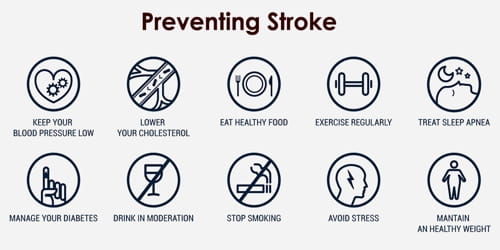
Preventions of Stroke: The best way to help prevent a stroke is to eat a healthy diet, exercise regularly, and avoid smoking and drinking too much alcohol.
Eating a nutritious diet means including plenty of fruits, vegetables, and healthy whole grains, nuts, seeds, and legumes. Be sure to eat little or no red or processed meat and limit intake of cholesterol and saturated fats. Minimize salt intake to support healthy blood pressure.
Many stroke prevention strategies are the same as strategies to prevent heart disease. In general, healthy lifestyle recommendations include:
- Controlling high blood pressure (hypertension)
- Controlling diabetes
- Maintaining a healthy weight
- Eating a diet rich in fruits and vegetables
- Exercising regularly
- Treating obstructive sleep apnea (OSA)
- Avoiding illegal drugs
As well as these lifestyle changes, a doctor can help to reduce the risk of future ischemic strokes through prescribing anticoagulant or antiplatelet medication.
In addition, arterial surgery can also be used to lower the risk of repeat strokes, as well as some other surgical options still being studied.
Information Source:

